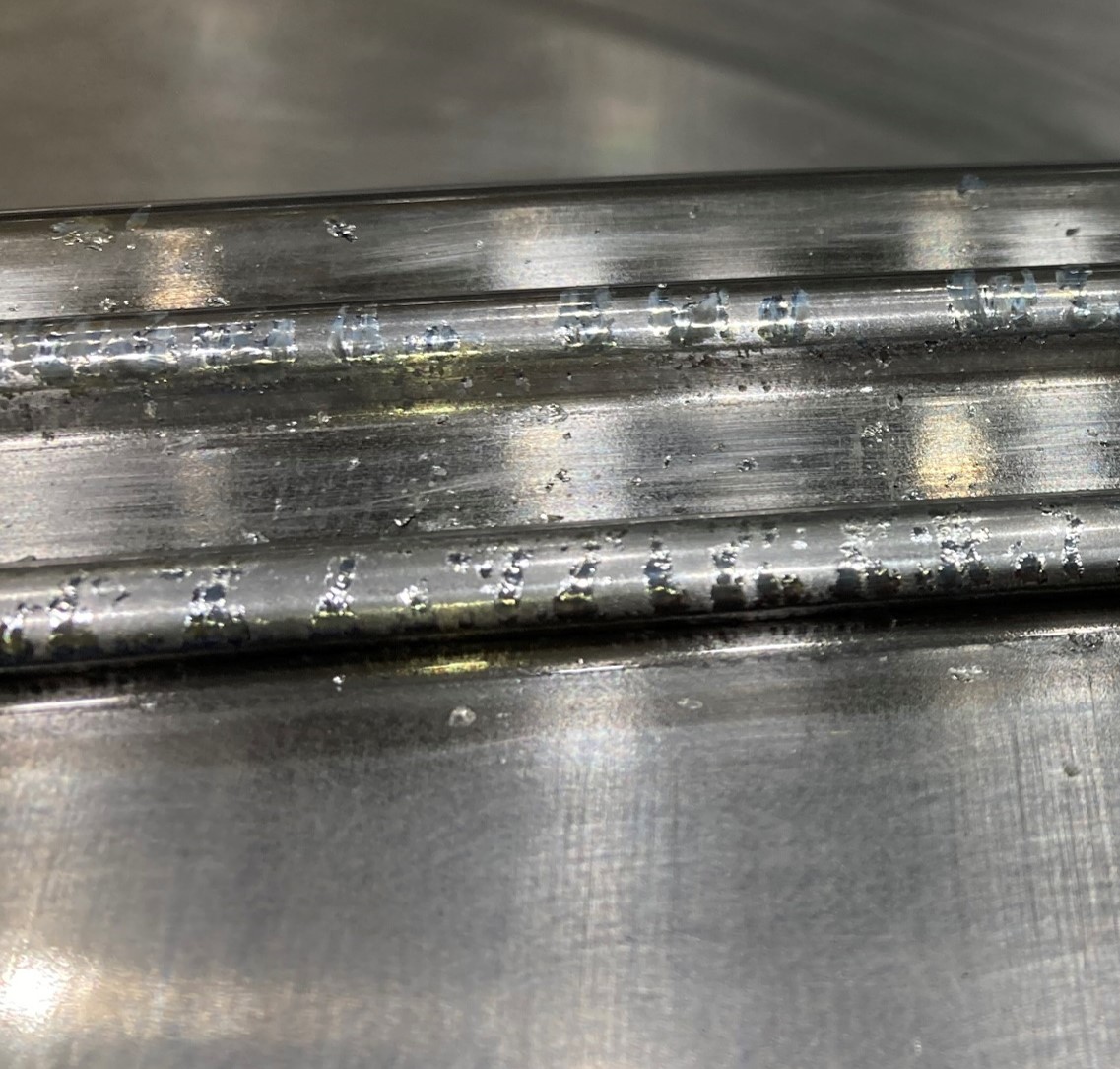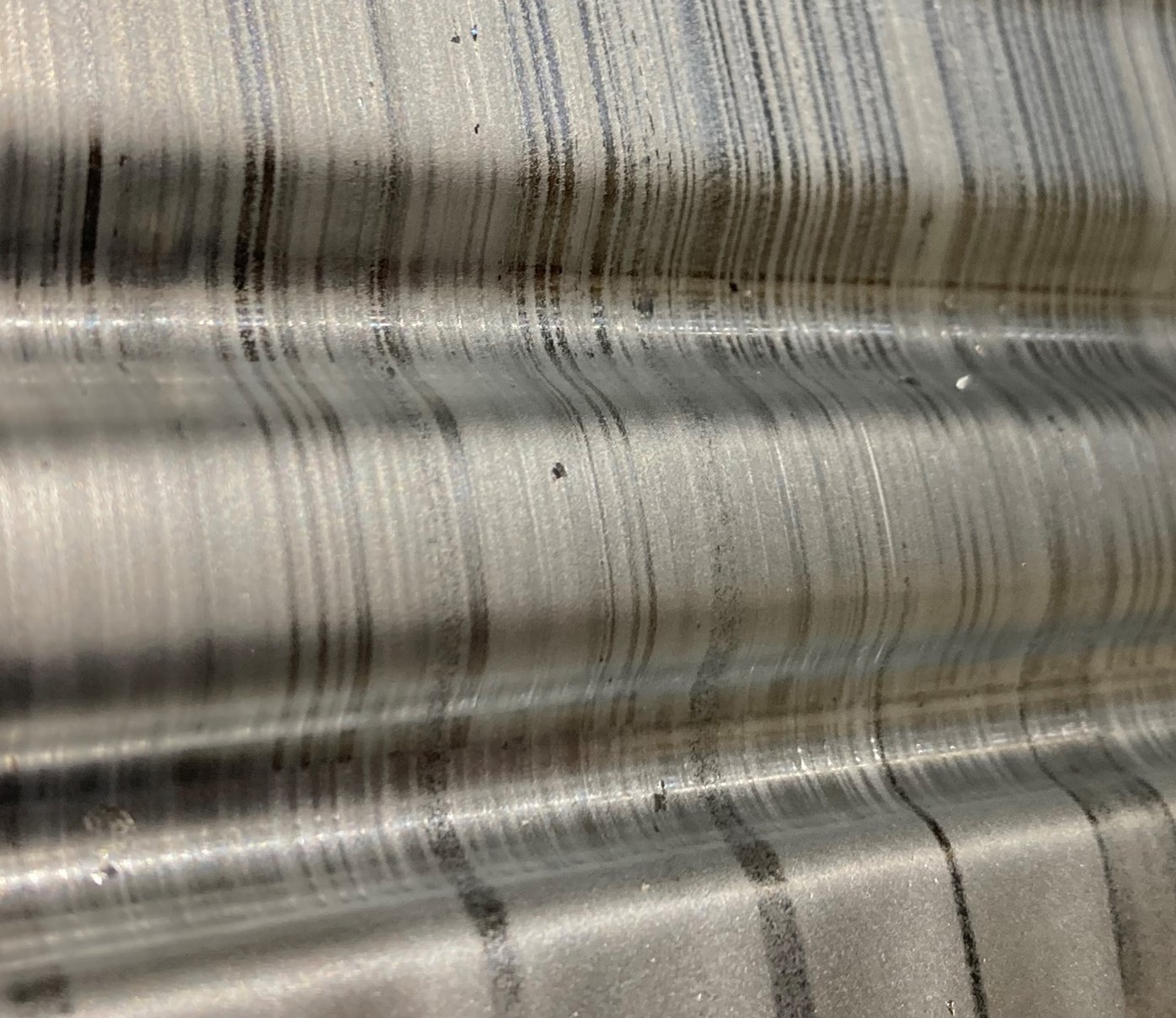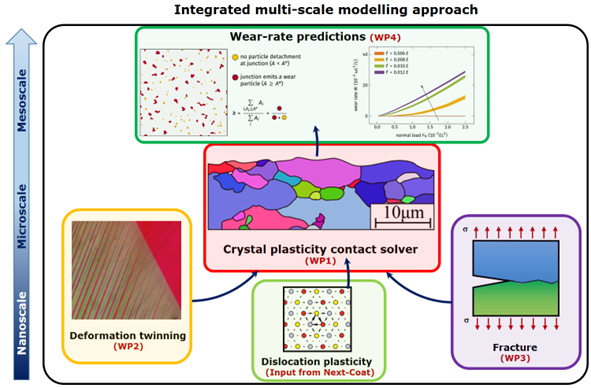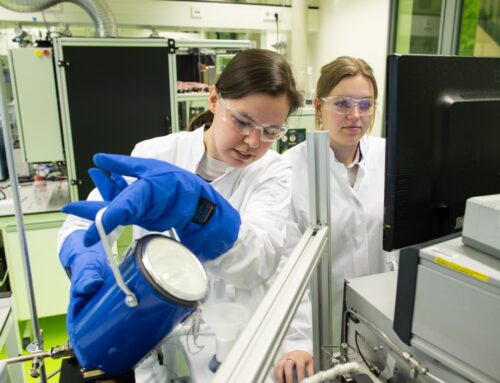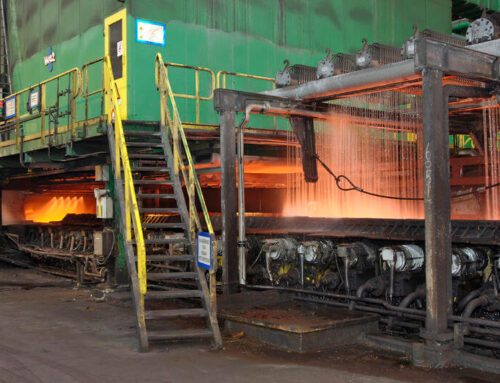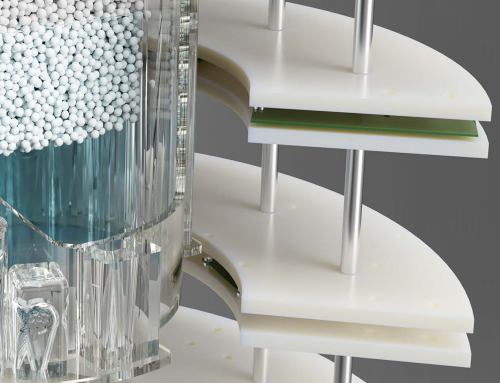Project Description
Key information
Project in the Spotlight: T23004
Market: Materials production
Written by M2i Program Manager: Jeroen van Beeck
Together with Tata Steel, the University of Groningen will develop a multi-scale approach to study and prevent wear of zinc-based anti-corrosion coatings used in the steel industry.
Steel plays a key role in society, and its importance remains essential for the energy transition, since its sustainability will be enabled by recycling and greener, hydrogen-based iron-ore reduction. Protection of steels against corrosion is crucial for its durability, and is obtained most commonly by coating steels with a zinc-based coating. Tata Steel IJmuiden, partner in this research project, produces around 6.6 Mton liquid steel annually, of which approx. 33% is hot-dip galvanized, i.e. zinc-coated. The benefit of hot-dip galvanizing is that it enables a cost-effective long-life corrosion protection in harsh environmental conditions and a premium surface finish for high quality steel applications.
With the use of cost-effective and energy-efficient hot-dip galvanized coatings also comes a challenge: the coating is soft and highly sensitive to surface damage during press forming. One of the most quality demanding applications is the automotive car body, i.e. a premium surface is essential for a good appearance of the car. During press forming, the soft zinc coating is susceptible to surface damage due to adhesive wear. Excessive adhesion of zinc wear particles to the press tool (known as tool pollution) results in galling damage (scratches) and quality rejection of pressed parts. To enable “first-time-right” during press forming, and hence reduce production waste, adhesive wear must be prevented. This requires a good understanding of the press forming process, the material properties and especially the tribological interface between the zinc coating and the press tool where the adhesive wear phenomenon takes place.
| Dr. Pieter Baart, Principal Scientist at Tata Steel Nederland | Dr. Francesco Maresca, Assistant Professor at University of Groningen |
|---|---|
| “For Tata Steel it is crucial to have a fundamental understanding and access to mechanistic modeling of the (micro-scale) adhesive wear process of the highly anisotropic zinc coating. By making the zinc coating and the forming process more robust, Tata Steel can strengthen its position in the automotive market where customers can realize their car body design while enabling use of cost-effective hot-dip galvanized steel, to replace less sustainable electro-galvanized steel.” | “This project is a great opportunity for the University of Groningen to strengthen the collaboration with Tata Steel, and to investigate an exciting and scientifically challenging problem. Zinc coatings show a complex deformation behavior that poses fundamental questions that need to be addressed to support models that can guide a more sustainable steel production.” |
Dr. Francesco Maresca from the University of Groningen is an expert in bridging the scales in materials science to take knowledge gained from atomistic and micro-scale modelling to the scale of the industrial applications. In this project, he will develop a micro-physics-based approach to study the competition between plastic deformation (slip and twinning activity) and fracture. A micromechanical, continuum crystal plasticity model will be created which enables the prediction of evolving contact surfaces and wear.
Tata Steel will use the results to better quantify the adhesive wear of a zinc-coated steel during press forming and to develop product solutions (e.g. zinc crystallographic texture and surface topography) for improved resistance to adhesive wear, galling and tool pollution. This will allow Tata Steel to position itself in the highly competitive galvanized steel market.
The Multi-Wear project is staffed by 1 PhD researcher working at the University of Groningen and is a M2i funded project via the TKI-PPS route.
